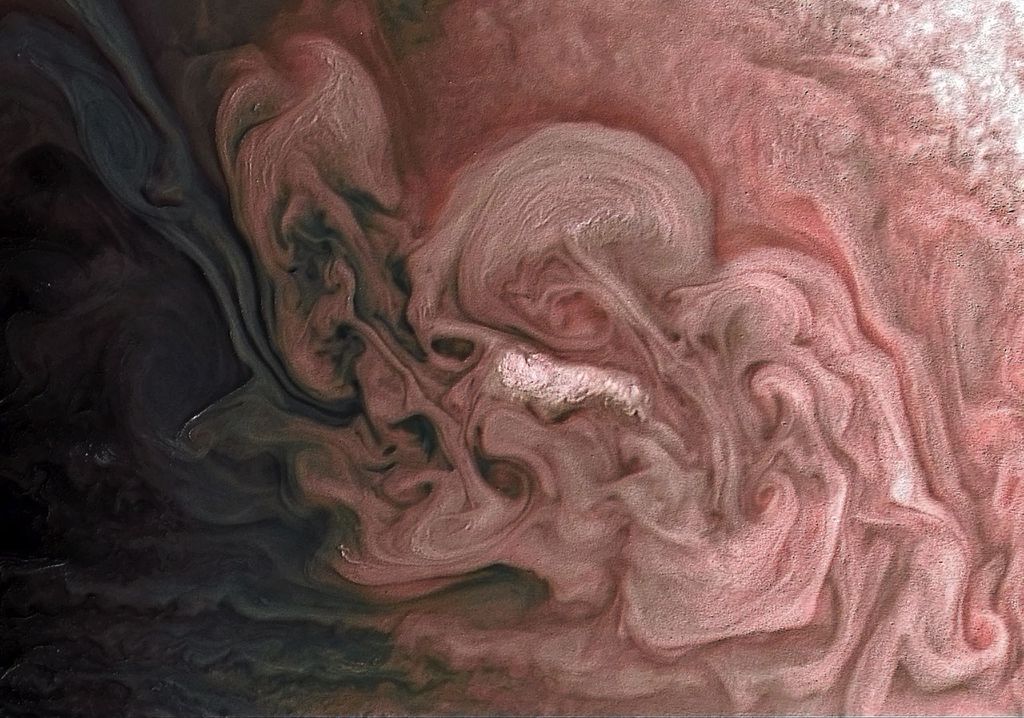Astronomers announced today the discovery of a double nucleus in the active galaxy Markarian 315. The discovery was made from images taken by NASA's Hubble Space Telescope.
The report is by Drs. John MacKenty and Andrew Wilson (both of the Space Telescope Science Institute, Baltimore, MD), Richard Griffiths (The Johns Hopkins University, Baltimore), and Susan Simkin (Michigan State University, East Lansing) and was delivered at the 181st Meeting of the American Astronomical Society meeting in Phoenix, AZ. The findings may solve a decade-old mystery about the nature of a jet-like feature in Markarian 315, a so-called Seyfert galaxy, and appear to confirm one mechanism for producing an active galactic nucleus. (Seyfert galaxies are spiral galaxies with very bright nuclei that may be powered by massive black holes that are accreting matter.)
"The Hubble images provide support for the theory that the jet-like feature may be a 'tail' of gas that was stretched out by tidal forces between the two galaxies as they interacted," he explained.
An image of the core of Markarian 315, taken with the Hubble Space Telescope's Wide Field and Planetary Camera (in planetary camera mode), shows a second, fainter nucleus located approximately 6,000 light-years (or two arc seconds in angular separation) from the galaxy's bright central nucleus. One light-year equals approximately 5.8 trillion miles (9.3 trillion km).
The brighter of the two nuclei is the energetic core of Markarian 315 and probably contains a massive blackhole. The fainter nucleus is considered to be the surviving core of a galaxy that recently merged into Markarian 315.
This observation best explains the extraordinary 240,000-light-year long jet-like feature of Markarian 315. "The jet feature is most likely a remnant of a merger between Markarian 315 and a smaller galaxy," said Dr. MacKenty, who is an Assistant Scientist at the Space Telescope Science Institute.
The HST image also might explain why Markarian 315 has an active core. "It presumably harbors a black hole which has been re-fueled by the galactic collision," MacKenty noted.
Galaxy mergers may be one mechanism for driving gas deep into the heart of a galaxy, astronomers believe. This raw material fuels massive black holes, theorized to be the "central engines" in Seyfert galaxies and other active galaxies.
The Hubble Space Telescope's high spatial resolution allows astronomers to probe the cores of Seyfert galaxies in unprecedented detail. In exposures taken with ground-based telescopes, the companion nucleus is drowned out by the brighter Seyfert nucleus.































